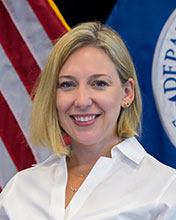
ARLINGTON, Va.--As the Department of Homeland Security looks to strengthen a collective defense approach to cyber security between government and industry, it is working with the private sector to help develop a mutual understanding of the roles and responsibilities of all stakeholders in preparing for and responding to incidents and events, according to a department official.“Every stakeholder that’s involved in managing a national critical function should have a playbook for how we would respond and mitigate the consequence” of attacks…

 By
By 











